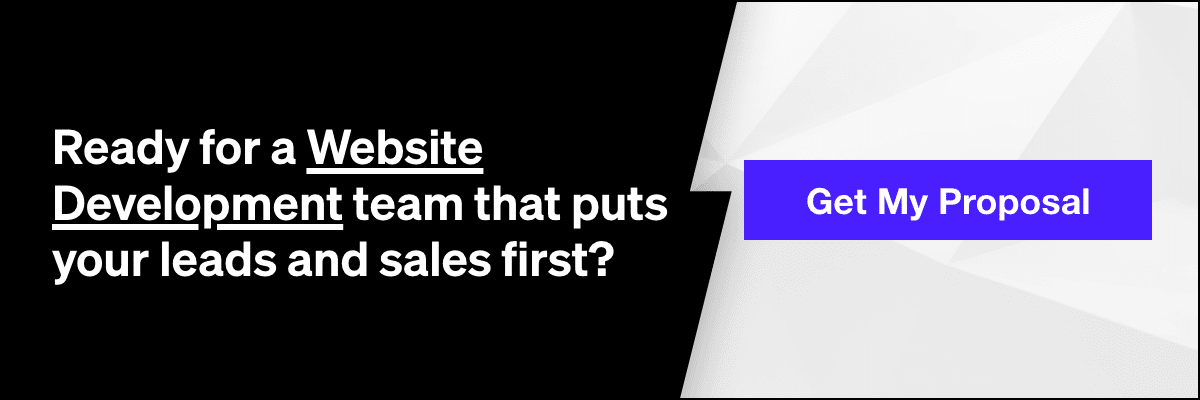My goal here is to leave readers walking away with a quick set of tips for making sure their landing pages are going to convert. You may have a website built by gods, but landing pages are the key to conversion.
There are a ton of different types of landing pages (by the way, a landing page is one page that conveys a message or action you want a user to take): lead generation, ecommerce, click through, and many more. So how do we differentiate our strategy? We don’t.
Related: Is Your Landing Page Having an Existential Crisis?
Landing page design is simple in nature. Make your message clear, your design simplistic, and leave no wrong turns for a user to take. If you offer too many buttons, paths, or passages of content, your user will likely get distracted and fall off track. If I want someone to visit my page and buy my toothpaste, I’m going to serve them a page that says “Buy this toothpaste”.
That may sound oversimplified, but it’s a proper comparison for how you should treat users because they most likely don’t want to waste their time. Furthermore, if someone is visiting, they already have a 60% inclination to buy, you just need to make it as easy as possible.
Let’s look at an example. Wistia, a video hosting platform, has a great, simple, direct page:
Nothing left for you to do but sign up! Not convinced? Well we have three simple questions and selling points below to push you over the edge.
Related: Basic CRO: Page Elements & Testing Opportunities
Here are some clear cut points to hit when designing your landing page:
Headers And Messaging
Selling points should be large. CTAs should be clear. Content should be concise and easy to digest. Don’t move too far into a novel, simply add a large H1 making your point and let them fill out the form or clickthrough.
Form Fields
This one’s a bit more complicated. The goal here is to capture as much information as possible, using the lowest amount of fields a user has to fill out. That may sound impossible, but it requires adding dropdowns that answer questions, sort of like this:
This now allows them to segment leads into three groups based on how far behind they are on payments. We want to be able to decipher our traffic in the cleanest way possible.
Creativity
When creativity steps in, the effort for strategy moves out. The more creative and captivating you can be, the more likely your users are to stay and engage. Check out Teambit’s page:
Simple, effective, and best of all, silly.
Social Proof
You have to prove yourself, and social testimonies do just that. Add in stats, what people are saying, your numbers, anything. Shopify does that right when you visit their home page:
400,000 in the bag will do just fine.
Wrapping Up
Don’t try to do too much with your landing page. It’s important to be clear, offer precise directions and incentives, and allow a user to willfully enter their information or buy your product. Be creative, but don’t try to reinvent the wheel. Do these things and you’ll be pumping out positive landing pages in no time.







